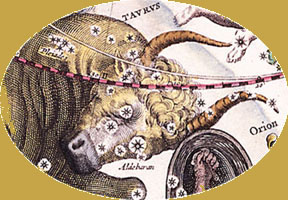The Pleiades, as well as the Hyades, are part of the constellation Taurus the Bull.
Click on image for full size
(c) 1995 Visual Language. All rights reserved.
The Pleiades
In Greek mythology, the Pleiades were seven sisters. Their names were Maia, Electra, Alcyone, Taygete, Asterope, Celaeno, and Merope. Their parents were the Titan
Atlas and the Oceanid, Pleione. One day while traveling, the Pleiades and their mother met the giant hunter
Orion.
He fell in love with the young women and started to pursue them. After being chased for years, Zeus
changed them into doves to help them escape. They flew into the sky to
become the cluster of stars in the constellation Taurus the Bull.
However, only six stars are visible in the sky without a telescope. The ancient Greeks explained the
absence of a seventh star with several different stories. According to one story, all
the Pleiades consorted with gods except Merope. Merope deserted her sisters
because she was ashamed of having a mortal husband, Sisyphus.
Another explanation is related to the myth of the Pleiad Electra who is considered the
ancestress of the royal house of
Troy. The Greeks believed that Electra abandoned her sisters in despair and transformed
herself into a comet when the
city of Troy was destroyed. These legends seem to be confirmed by a scientific finding
according to which a seventh star in the group of the Pleiades became extinct toward
the end of the second millennium BC.
You might also be interested in:
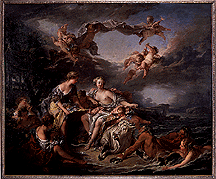
Europa was the beautiful daughter of the Phoenician king of Tyre, Agenor. Zeus (Jupiter), the King of the gods according to Greek mythology, saw Europa as she was gathering flowers by the sea and immediately
...more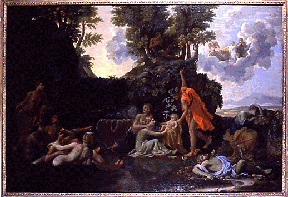
For the ancient Greeks, the Hyades were daughters of Pleione and Atlas, a giant who carried the heavens on his shoulders. The Hyades were sisters of the Pleiades and the Hesperides. They were very attached
...more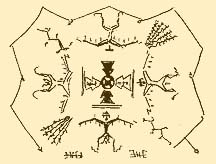
Ahsonnutli was the sky father and chief deity of the Navajo Indians. He created heaven, Earth, and the sky. Each of the four cardinal directions was supported by a giant. Each direction was also associated
...more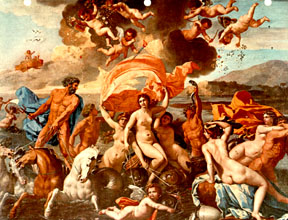
Amphitrite was one of the fifty Nereids, the attendants of the sea-god Poseidon. Poseidon (Neptune) had fallen in love with Amphitrite after seeing her dancing on the island of Naxos. Amphitrite rejected
...more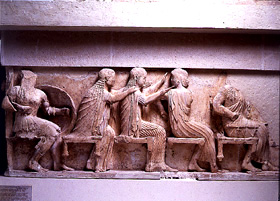
Aphrodite was the Greek goddess of love and beauty. She was known to the Romans as Venus. There were actually two different Aphrodites, one was the daughter of Uranus, the other the daughter of Zeus and
...more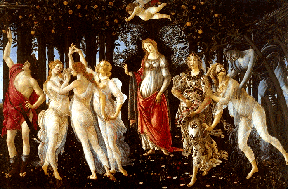
In Greek mythology, Apollo was the son of Jupiter(in Greek Zeus) and Leto (Letona). He was the god of the Sun, logic, and reason, and was also a fine musician and healer. Leto travelled all over Greece
...more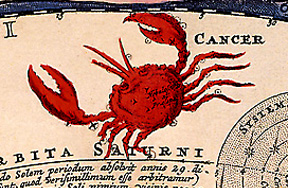
According to an ancient Greek legend, the figure of a gigantic crab was placed in the nighttime sky by the goddess Hera to form the constellation Cancer. Hera was the jealous wife of the sky god, Zeus.
...more


